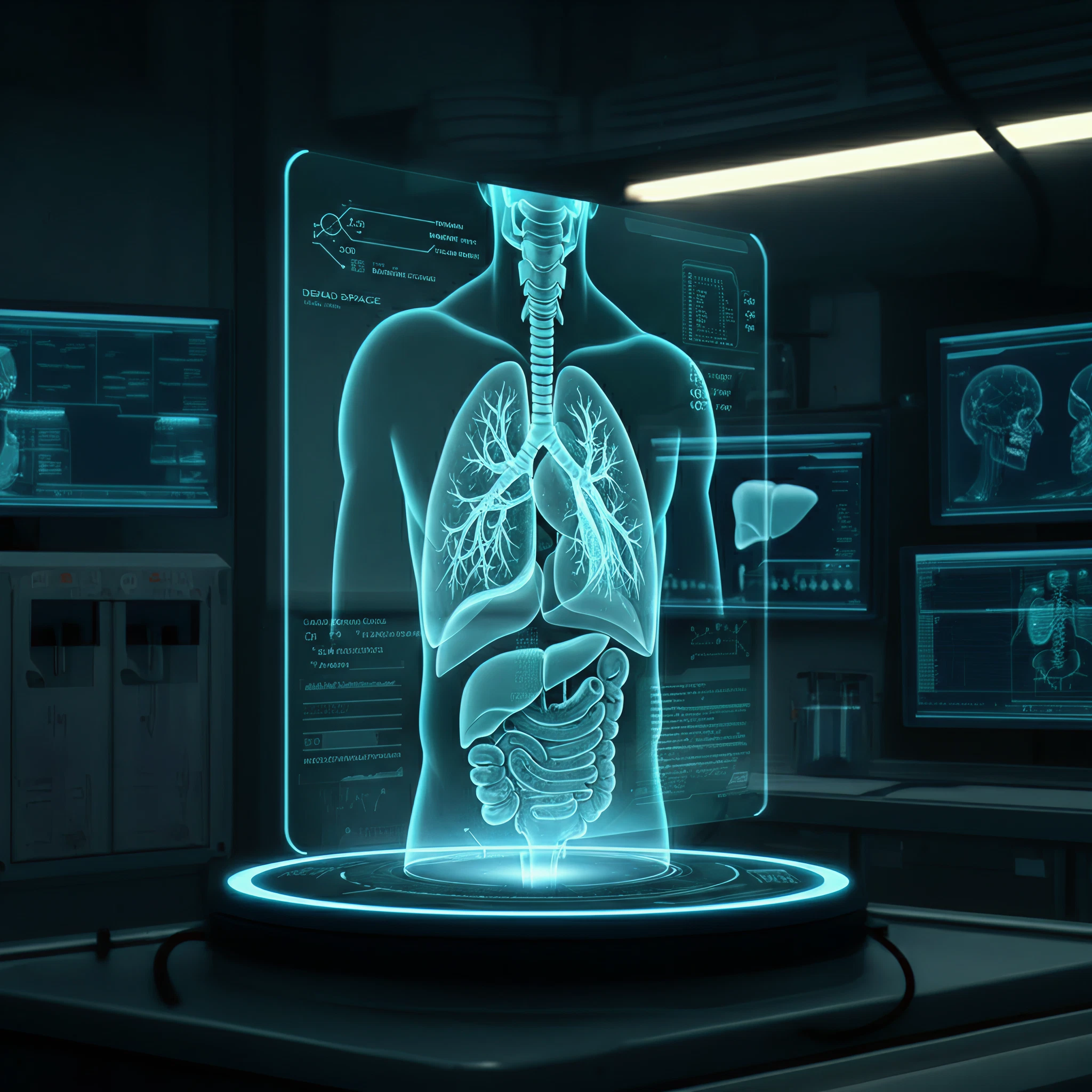When discussing the human respiratory system, “dead space” often emerges as a critical concept. Understanding dead space is fundamental for fields like medicine, biology, and respiratory therapy. This article dives into what dead space is, its types, how it affects gas exchange, factors that increase dead space, and its clinical significance. If you’re a medical student or biology enthusiast, this comprehensive explanation will guide you.
What is Dead Space?
Dead space is the portion of the respiratory system that does not participate in gas exchange. Simply put, it comprises areas within the respiratory tract where the air that is inhaled is not utilized for oxygen-carbon dioxide exchange.
There are three main types of dead spaces:
- Anatomical Dead Space:
-
-
- Includes parts like the nose, pharynx, trachea, and bronchi.
- These structures transport air but lack alveoli, the microscopic sacs where gas exchange occurs.
-
- Alveolar Dead Space:
-
-
- Refers to alveoli that are ventilated but lack adequate blood flow for effective gas exchange.
- This typically happens in pathological conditions like pulmonary embolism.
-
- Physiological Dead Space:
-
-
- This is the sum of both anatomical and alveolar dead space.
- It reflects the overall inefficiency of the respiratory system in exchanging gases.
-
How Dead Space Affects Gas Exchange
Dead space directly impacts the efficiency of respiratory gas exchange. When you inhale, not all the air reaches the alveoli for oxygen absorption and carbon dioxide removal. For instance:
- If a large portion of inhaled air remains in anatomical dead space, less reaches the alveoli, impacting oxygen delivery to the bloodstream.
- Increased alveolar dead space due to disease can exacerbate this inefficiency, leading to respiratory issues like hypoxemia.
For those studying respiratory physiology, understanding this inefficiency clarifies why abnormal increases in dead space can lead to serious health conditions.
Factors That Can Increase Dead Space
Several conditions and scenarios can lead to an increase in dead space, including:
- Pulmonary Embolism:
A blockage in the pulmonary artery reduces blood flow, creating non-functional alveoli.
- Chronic Obstructive Pulmonary Disease (COPD):
Structural damage in alveoli leads to inefficiency in gas exchange.
- Mechanical Ventilation:
Ventilators can increase dead space by introducing extra space within the system.
- Age:
Older adults may naturally have larger dead space due to reduced elasticity of lung tissues.
Understanding these factors is critical, especially in clinical settings where dead space management directly impacts patient outcomes.
Clinical Significance of Increased Dead Space
Elevated dead space can lead to the following complications:
- Hypoventilation:
Insufficient gas exchange results in low blood oxygen levels and high carbon dioxide levels.
- Decreased Respiratory Efficiency:
Patients may experience difficulty breathing, increased fatigue, or shortness of breath.
- Indicator of Disease:
Higher dead space measurements are often a marker for severe lung diseases like ARDS (Acute Respiratory Distress Syndrome) or pulmonary embolism.
- Ventilation-Perfusion Mismatch:
Dead space contributes to the mismatch between ventilated areas and perfused areas of the lung, reducing overall oxygenation.
Methods for Measuring Dead Space
Measuring dead space is vital for diagnosing and managing respiratory conditions. Commonly used techniques include:
- Bohr Equation:
Calculates physiological dead space by comparing carbon dioxide levels in exhaled air and arterial blood.
- Fowler’s Method:
Measures anatomical dead space by analyzing nitrogen concentration during exhalation.
- Imaging Techniques:
Advanced imaging methods like CT scans can estimate alveolar dead space caused by conditions like pulmonary embolism.
Why Understanding Dead Space Matters
Dead space is the portion of the respiratory system that plays a secondary but essential role in respiratory physiology. While it does not actively participate in gas exchange, its presence affects the overall efficiency of breathing. For healthcare professionals managing patients with lung diseases, dead space measurements provide valuable insights into treatment efficacy and disease progression.
Final Thoughts
Whether you’re a medical student or a respiratory therapist, grasping the concept of dead space equips you with a deeper understanding of respiratory mechanics and pathology. For additional educational resources, feel free to explore biology and health-related articles in trusted publications.
Suggested Images for This Article (Generate Differently as Needed):
- Infographic:
-
-
- A diagram of the respiratory system highlighting anatomical dead space areas (nose, trachea, etc.).
-
- Comparative Chart:
-
-
- Displays differences between anatomical, alveolar, and physiological dead space with examples of each.
-
- Graphical Representation:
-
-
- Showcases the effect of increased dead space on gas exchange, oxygen levels, and carbon dioxide retention.
-
- Lung Cross-Section:
-
-
- Illustrating alveolar dead space and how pulmonary embolism disrupts blood flow.
-








